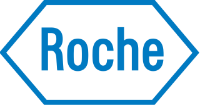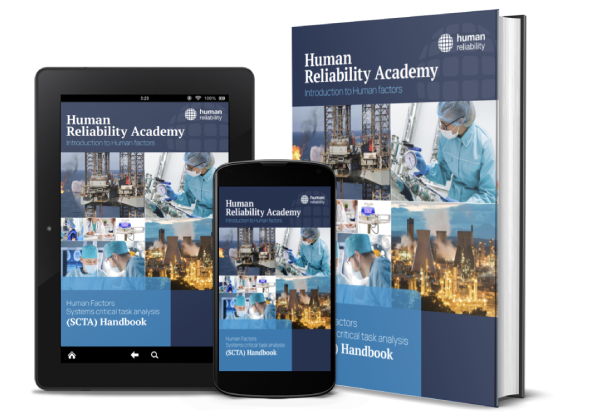Human Factors Safety Critical Task Analysis (SCTA) is vital for identifying human failure vulnerabilities and associated factors. Given the resource-intensive nature of SCTAs and their prolonged timelines, especially for sites regulated under the UK’s COMAH (Control of Major Accident Hazards), the HF GATEWAY approach is introduced to extend and expedite the application of HF learnings from a single SCTA to similar tasks. This approach uses a generic audit tool, enabling non-HF specialists to apply insights from SCTAs broadly and rapidly, thereby enhancing task safety and performance.
Opportunity
- For multinationals to spread Human Factors risk assessment learning across sites that have similar tasks.
- For individual sites to enhance their auditing of similar critical tasks with more generic Human Factors insights.
Background and Scope
Under the COMAH regulations, sites must prevent major accidents and limit their consequences by analysing critical tasks and demonstrating ALARP (As Low As Reasonably Practicable) risk levels. SCTA or Human Reliability Analysis (HRA) is crucial for this, involving task, failure, and Performance Influencing Factors (PIF) analysis. However, SCTA programs can span several years, emphasizing the need for efficient resource utilization.
Repeated analyses of similar tasks often yield diminishing returns, reducing the perceived value of SCTAs. Therefore, Human Reliability Associates (HRA) and Johnson Matthey trialled the HF GATEWAY approach, using SCTA outputs to create a Human Factors audit tool for related tasks, maximising the efficiency and effectiveness of HF interventions.
Problem Statement
COMAH Operators face challenges in balancing transformative Process Safety initiatives and ongoing operations. Protracted timelines for HF studies and subsequent improvements, potentially spanning over five years, are not sustainable. Johnson Matthey sought more efficient approaches to expedite HF improvements without compromising ongoing safety programs. The HF GATEWAY methodology emerged as a viable solution, leveraging existing SCTA insights to rapidly identify and address HF issues in similar tasks. This could be applied across multiple sites.
Approach: Human Factors GATEWAY
The HF GATEWAY (Generic Audit Tool Exercise to Widen and Accelerate Yield) approach involves several steps:
- Identify a Candidate Task: Select a task or task element from a representative set (e.g., chemical charging tasks).
- Conduct an Exemplar SCTA: Perform a detailed SCTA for the chosen task, including task analysis, failure analysis, and PIF analysis. For example, analyzing the process of charging Acetic Acid drums to a vessel to prevent mischarging with Hydrazine. This goes into depth of a specific case.
- Literature Review: Complement the SCTA with a literature review to incorporate best practices and existing guidance into the analysis and audit tool. This covers a breadth of learning from current guidelines and literature.
- Draft a Generic Audit Tool: Create an accessible tool (e.g., an Excel table) outlining task stages, risk factors, and improvement suggestions. Include a table of generic PIFs with example questions to aid assessment.
- Develop a Guidance Document: Provide a document introducing the topic, HF principles, and instructions for using the tool, ensuring non-HF specialists can effectively apply it.
- Testing and Iteration: Test the audit tool on related tasks to ensure its applicability and effectiveness. The audit tool can and should continue to evolve from these additional applications and iterations.
Case Study: Misidentification of Chemicals
The HF GATEWAY approach was trialled at Johnson Matthey’s COMAH site, focusing on the mischarging of Acetic Acid and Hydrazine drums. Key findings included the importance of chemical storage, presentation, and movement in preventing mischarging. The audit tool provided a structured way to identify and mitigate HF issues, supported by guidance on implementing safety improvements.
Results and Discussion
The HF GATEWAY approach demonstrated potential in extending SCTA insights to similar tasks, offering cost and time savings while enhancing safety. The approach is not a substitute for detailed SCTAs but a complementary tool to optimize HF resource utilization. Further testing with non-HF specialists and diverse tasks is planned to validate its robustness and effectiveness.
Conclusion
The HF GATEWAY approach represents a pragmatic solution for efficiently applying HF learnings across similar tasks, addressing the limitations of resource-intensive SCTA programs. By leveraging existing SCTA outputs, this method enables faster, broader safety improvements, contributing to safer and more reliable operations in COMAH-regulated environments.
Further research and application in varied contexts will help refine and validate this approach, ensuring it meets the evolving needs of process safety management.
Further information
This paper by Furniss, Bhinder and Henderson was presented at HAZARDS 33, 7-9 November 2023, Birmingham, UK. For further detail please see here for a pre-print of the paper, which shows the HF GATEWAY approach in more detail with a case study.
We have also included a recorded presentation:














